What Is Saffron Used for in Cooking Rice? How Color, Aroma, Flavor Transform a Simple Grain
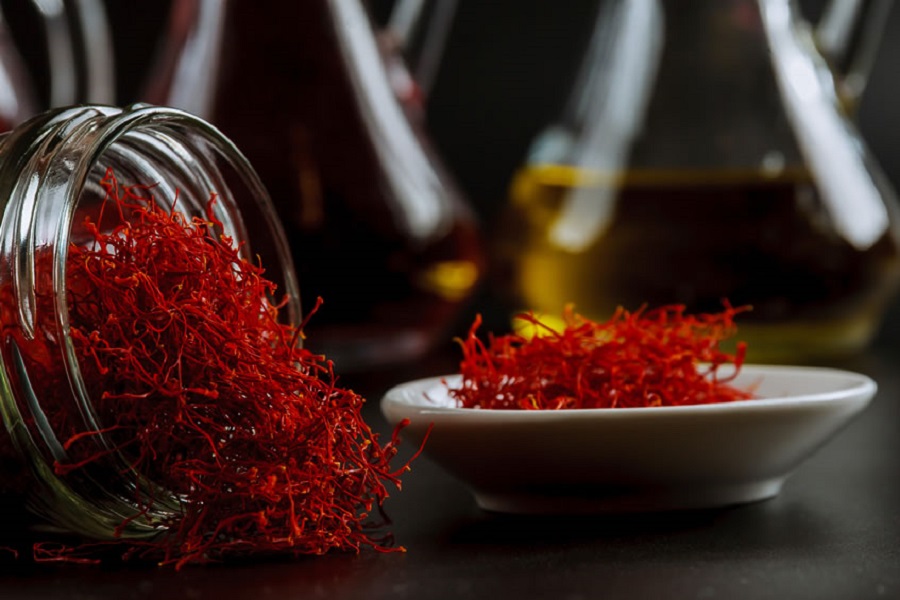
- hamed zarin
- 3 August 2025
- Taste of Persia
- 4 minutes
What Is Saffron Used for in Cooking Rice?
Saffron powder is more than just a luxury spice—it’s the ingredient that turns a simple pot of rice into a fragrant, golden centerpiece. Extracted from the dried stigmas of the Crocus sativus flower, each thread of saffron is hand‑harvested and dried. Because thousands of flowers are needed to produce just one ounce of spice, saffron has long been called “red gold,” and it remains one of the most expensive culinary ingredients in the world. In Persian, Middle Eastern and Mediterranean cuisines, saffron powder is synonymous with celebrations and special occasions. Today, food lovers
Related articles: Saffron and Anxiety
 in the United States and the United Kingdom are embracing this spice for its ability to add color, aroma and elegance to everyday meals.
in the United States and the United Kingdom are embracing this spice for its ability to add color, aroma and elegance to everyday meals.
Why use organic saffron in Rice?
When added to rice, saffron delivers three key effects: it colors the grains a deep yellow, imparts a delicate floral fragrance and contributes subtle earthy sweetness. These qualities come from compounds unique to saffron. Crocin is the pigment that releases a golden hue, while safranal is the essential oil that provides its signature aroma. Even a small pinch of saffron powder can transform a pot of rice into a dish that looks and smells like sunshine.
Color and presentation
Saffron’s intense dye yields vibrant yellow rice. The eye‑catching color signals abundance, making saffron rice popular at weddings and holidays.
Flavor complexity
High‑quality saffron tastes slightly sweet and floral with hay and honey notes. It enhances the nuttiness of long‑grain and basmati rice without overpowering other flavors.
Aroma
When saffron threads are steeped in warm liquid, safranal is released, perfuming the dish with a distinctive floral scent.
Health benefits
Saffron contains antioxidants that may support mood, heart health, memory and more. Incorporating it into rice is a delicious way to enjoy these potential benefits.
Related articles: Persian Tea

How to Use Saffron in Rice
Getting the most out of saffron requires proper preparation. Because saffron’s compounds are water‑soluble, you must “bloom” or steep the threads before adding them to your rice. This ensures the color and aroma disperse evenly and prevents waste.
- Bloom the saffron: Lightly crush a pinch of threads with your fingers or a mortar and pestle. Place them in a small bowl and add 2–3 tablespoons of warm water, broth or milk. Allow the mixture to steep for 10–15 minutes until the liquid turns a deep orange-yellow. This blooming process extracts crocin and safranal for maximum color and fragrance.
- Rinse the rice: Wash your rice under cold running water until the water runs clear. This step removes excess starch and helps produce fluffy, separate grains.
- Cook with broth: Use chicken or vegetable broth instead of plain water to enhance flavor. Sauté onion and garlic in olive oil, then add the rinsed rice and stir to coat each grain. Pour in the broth along with the bloomed saffron liquid and simmer until tender. If you don’t eat meat, water works too, but broth gives rice a richer taste.
- Fluff and serve: Let the rice stand off the heat for a few minutes before fluffing with a fork. Serve as a side dish with grilled chicken, seafood or roasted vegetables. The golden color makes even weeknight dinners feel special.
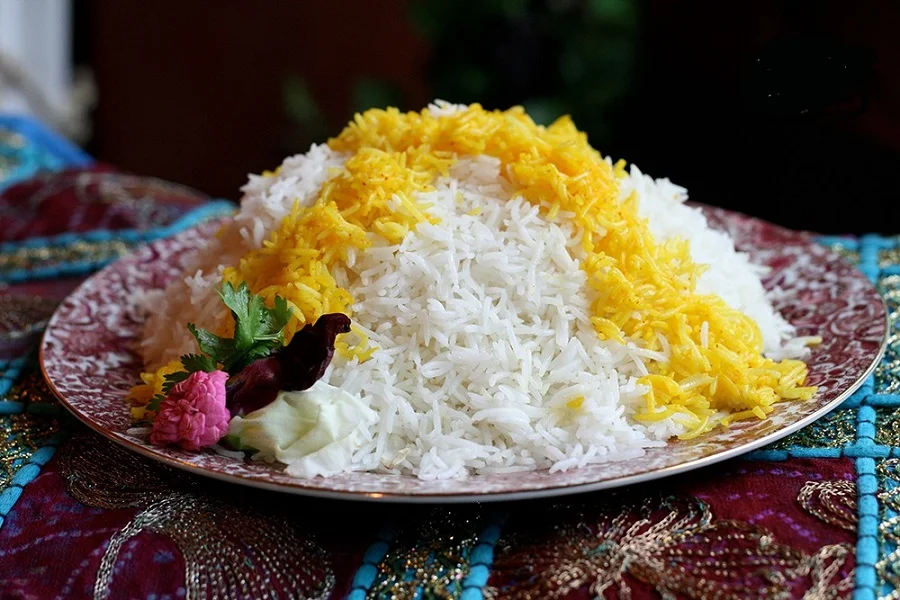
saffron rice
Threads vs. Powder
Saffron is available as threads or powder. Threads are visually stunning and allow you to see the spice’s quality. They are ideal for dishes where aesthetics matter. Powdered saffron disperses quickly and is perfect when uniform color and flavor are desired, such as in baked goods. Whichever form you choose, bloom it first to unlock its full potential.
Regional Variations
While saffron rice is a staple in Persian cuisine, variations can be found across Asia and Europe. In South Asia, cooks add saffron to fragrant biryanis and pulao, often alongside spices such as cinnamon, cardamom and cloves. In Thailand, turmeric and fish sauce accompany the organic saffron to create a more savory profile. Spain’s beloved paella and Italy’s risotto alla Milanese owe their signature golden color and aroma to saffron. No matter the region, the spice provides a thread of commonality that connects diverse culinary traditions.
What does organic saffron do to rice?
Saffron enhances rice by infusing it with a rich golden-yellow color, a distinctive earthy and floral flavor, and a warm, luxurious aroma. The pigment crocin in organic saffron gives the rice its vibrant hue, while its unique taste adds depth without overwhelming other ingredients. Common in Persian, Indian, and Mediterranean cuisines, saffron rice is often associated with celebration and tradition due to saffron’ s rarity and high value. For the best results, saffron should be soaked in warm water before adding it to rice, allowing its full color and flavor to develop.
Delicious Dishes You Can Make with Saffron Rice
- Saffron risotto
- Saffron rice
- Sholezard
- Crispy rice dish called tahdig
- Paella
- Rice dishes
- Risotto alla milanese
Buying and Storing organic saffron
Because saffron is labor‑intensive to harvest, it commands a high price. To avoid counterfeits, buy from reputable suppliers and look for deep red strands that widen slightly at one end. Genuine saffron should smell pungent and floral, not musty or overly sweet. If you need help choosing quality saffron, see our guide on how to buy real saffron.
Price as an indicator: Authentic organic saffron is expensive; bargain prices often signal adulteration with dyed threads.
Storage: Keep saffron in an airtight container in a dark, cool place. Exposure to light and moisture can dull its color and flavor. Properly stored saffron retains its potency for up to two years.
Use sparingly: A little goes a long way. One gram of saffron powder contains roughly 450–470 threads, and you only need about 0.1 g to flavor a pot of rice for four people.
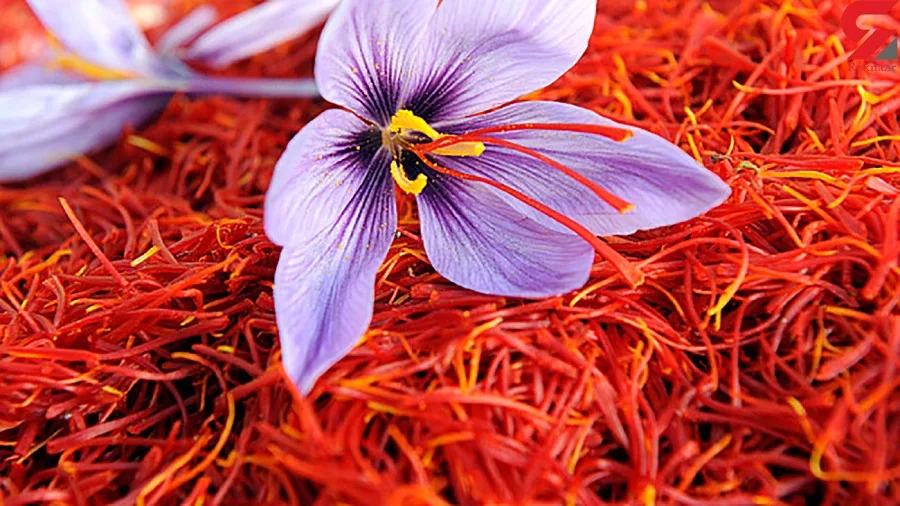
Purple saffron flowers with red stigmas
Health Benefits
Beyond its culinary uses, organic saffron provides notable health benefits. It’s rich in antioxidants, including crocin, crocetin, safranal and kaempferol, which may help reduce oxidative stress. Research suggests saffron may improve mood and alleviate symptoms of depression, support heart health, aid memory and learning and ease premenstrual symptoms. To explore how saffron affects mental well‑being, read our article on saffron and anxiety.
Conclusion
Safran’s use in cooking rice goes far beyond simple coloring. Its deep yellow hue, intoxicating aroma and nuanced flavor are the result of potent compounds that you unlock through careful preparation. From Persian saffron rice to Spanish paella, this spice has united global cultures for centuries. When you bloom the threads and pair them with high‑quality rice and broth, a small pinch of organic saffron turns an everyday side dish into something extraordinary. Whether you’re hosting a holiday feast or upgrading a weekday meal in the United States or the United Kingdom, saffron rice brings warmth and elegance to your table.






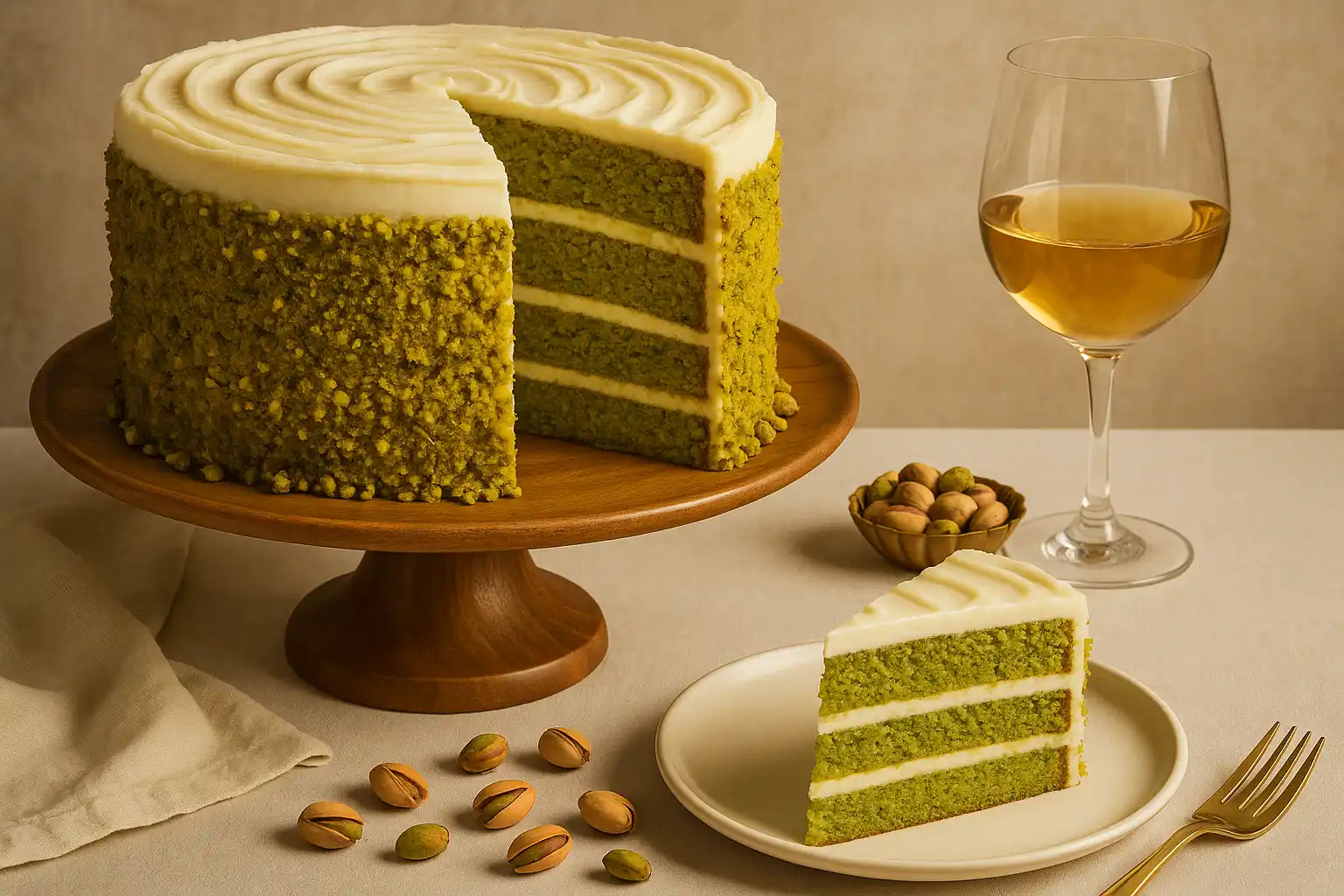
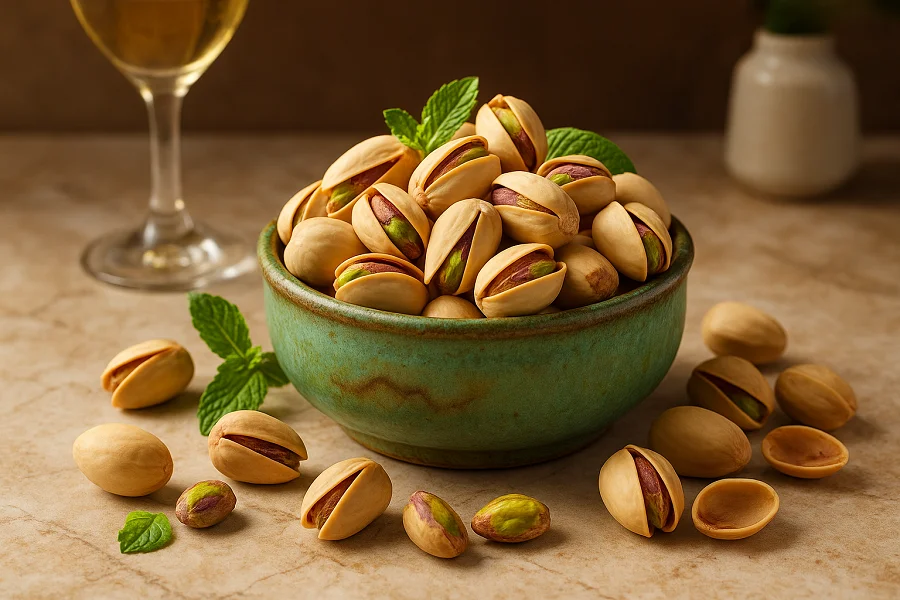
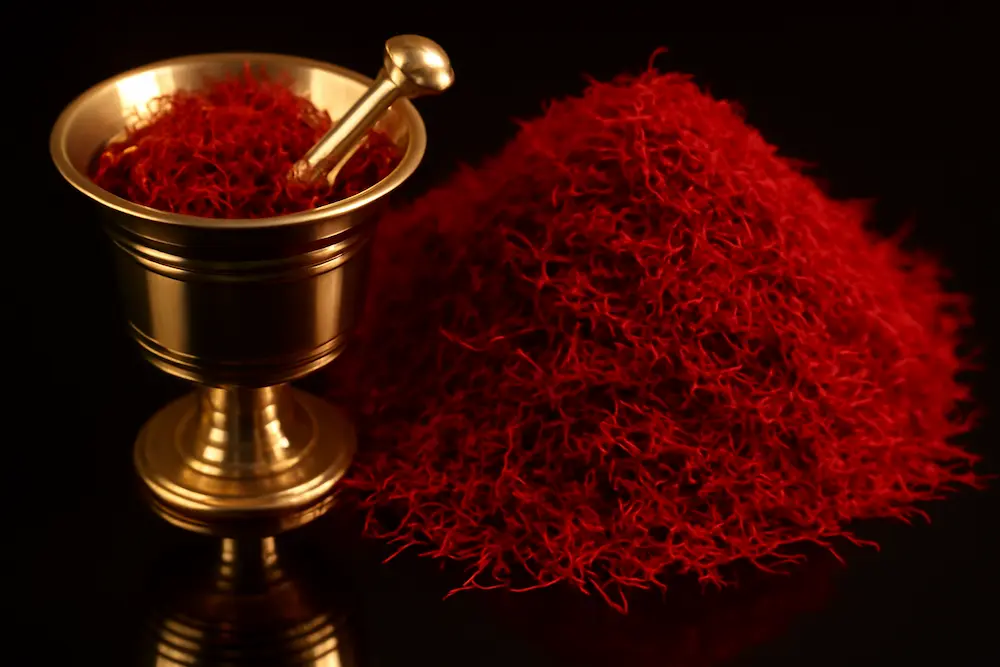
Comments